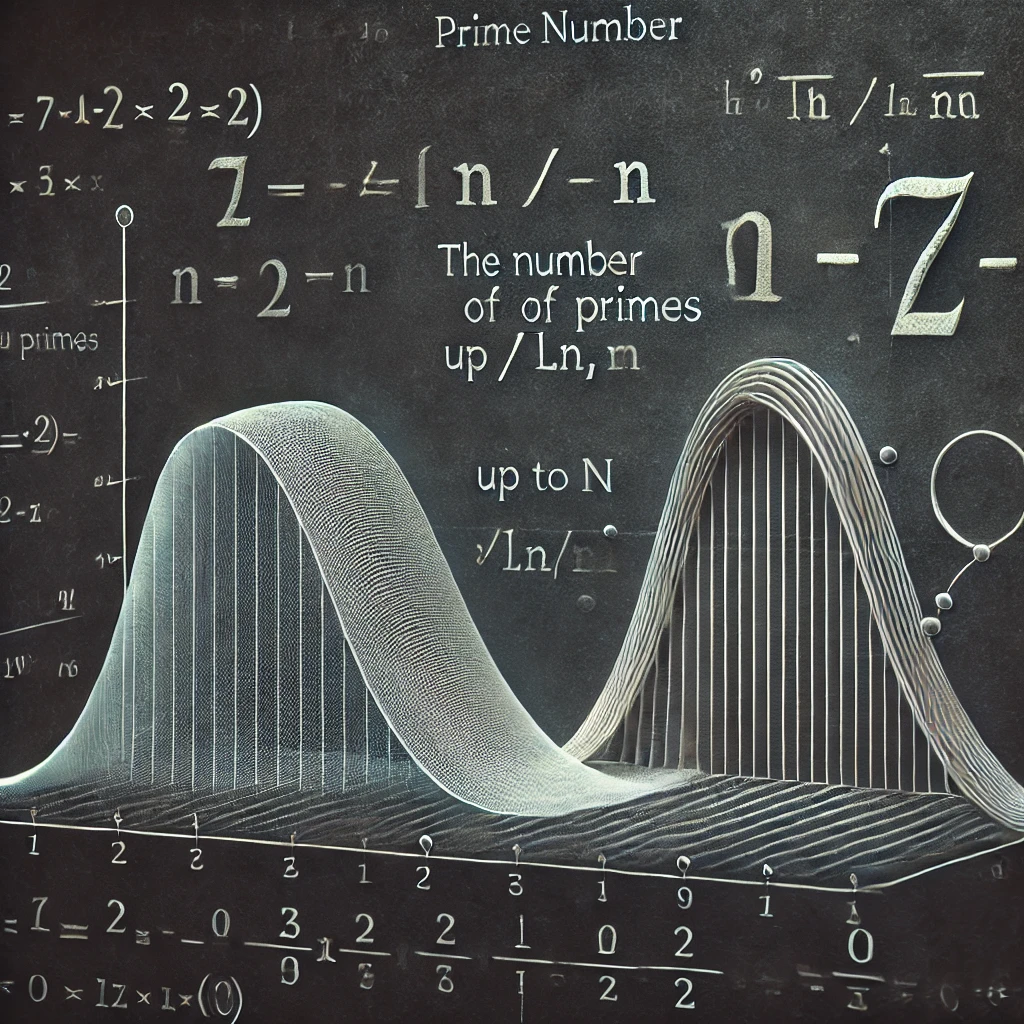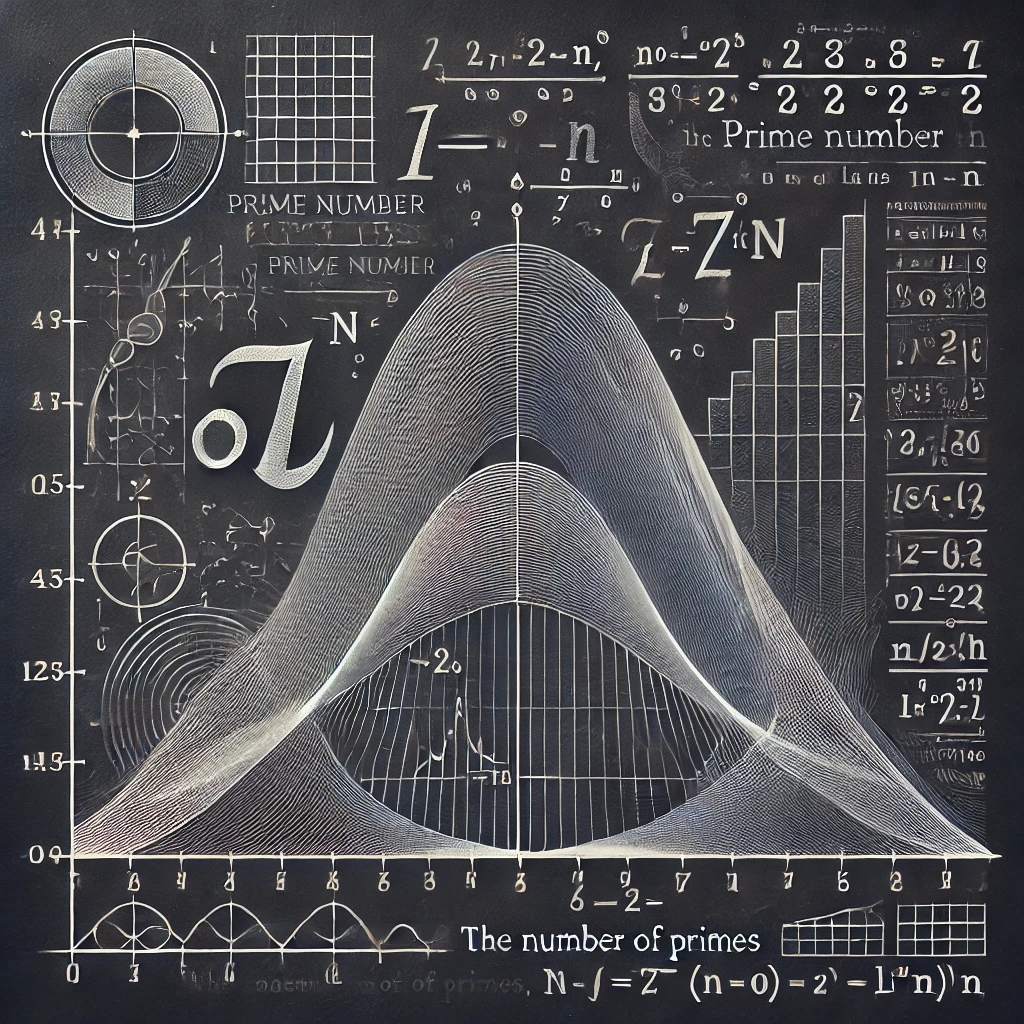Prime Number Theorem (PNT) – A Short Note
Introduction
The Prime Number Theorem (PNT) describes the asymptotic distribution of prime numbers among natural numbers. It states that the number of primes less than a given number nn is approximately nln(n)\frac{n}{\ln(n)}. This result provides a deep insight into how primes are distributed across large numbers.
Statement of the Theorem

The PNT states that if π(n)\pi(n) represents the number of primes less than or equal to n, then: π(n)∼nln(n)\pi(n) \sim \frac{n}{\ln(n)}
as n→∞n \to \infinity. This means that the ratio π(n)n/ln(n)\frac{\pi(n)}{n / \ln(n)} approaches 1 as n, grows larger.
Historical Importance
The study of prime distribution dates back to Gauss (1792) and Legendre (1798), who independently observed that the density of primes decreases logarithmically. Gauss suggested that π(n)\pi(n) can be approximated by the integral: ∫2ndxlnx\int_2^n \frac{dx}{\ln x}
which is a more precise estimate than nln(n)\frac{n}{\ln(n)}.
In the late 19th century, Hadamard and de la Vallée-Poussin independently proved the PNT in 1896 using techniques from complex analysis, particularly Riemann’s work on the zeta function. Their proof relied on showing that the Riemann zeta function ζ(s)\zeta(s) has no zeros on the line Re(s)=1\text{Re}(s) = 1.
The PNT was a major milestone in number theory, as it confirmed long-held conjectures about prime distribution and established a connection between prime numbers and complex analysis.
Modern Importance
The Prime Number Theorem is fundamental in analytic number theory and has implications in cryptography (e.g., RSA encryption), computational number theory, and random prime generation. The connection between primes and the Riemann Hypothesis remains one of the biggest unsolved problems in mathematics, as improving the error term in PNT depends on the location of the nontrivial zeros of the Riemann zeta function.
Conclusion
The PNT is a cornerstone of number theory, explaining the natural distribution of primes. Its proof marked a significant achievement in mathematical history and continues to influence modern research in pure and applied mathematics.















